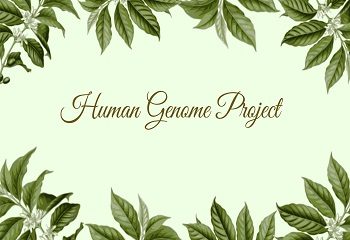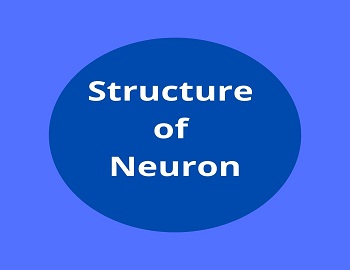The Human Genome Project (HGP) was formally launched in October 1990 in the USA. The project was co-sponsored by the Department of Energy (DOE) and the National Institute of Health (NIH). It is envisaged as a US $3 billion, 15 year-effort. The completion of the first draft sequence or map representing about 90 per cent of the human genome was announced on June 26, 2000.
Human Genome Project is that which develops the ways of mapping the human genome at an increasing fine level of precision and storing this information in the database and developing tools for data analysis.
Table of Contents
Goals of Human Genome Project:
- To develop ways of mapping the human genome at an increasing fine level of precision.
- Identify all the genes in human DNA.
- Determine the sequence of the 3 billion chemical base pairs that make up human DNA.
- To store this information in databases and tools for data analysis.
- To address the ethical, legal social issues that may arise from this project.
- Transfer related technologies to other sectors such as industries.
Human genome project reveals the following about our genome-
- The human gene count is much lower than expected approximately 30,000 to 40,000 genes.
- The one-tenth of our genes are identical to other organisms. Drosophila and humans have only six times more genes than bacterium.
- Humans are identical to each other at the DNA level by 99.9 percent. Different human genes vary widely in the length ofter over thousands of base pairs.
- The human genome contains about 3 billion base pairs per cell. The highly complex organisms need more DNA and more proteins.
- The human genome contains 3164.7 million nucleotide bases.
- The average gene consists of 3000 bases but sizes vary greatly.
- The functions are unknown for over 50 percent of discovered genes.
- Repeated sequences make up a very large portion of the human genome.
- Repeated sequences are stretches of DNA sequences that are repeated many times sometimes a hundred to a thousand times.
- Scientists have identified about 1.4 million locations where single-base DNA differences (SNPs-single nucleotide polymorphism) occur in humans.
Important uses of Human Genome Project:
- The genetic makeup of an organism or an individual lies in the DNA sequence. The knowledge about the effect of DNA variations among individuals can lead to revolutionary new ways to diagnose, treat, and prevent the thousands of disorders that affect human beings.
- Learning about non-human organisms’ DNA sequences can lead to an understanding of their natural capabilities that can be applied towards solving challenges in health care, agriculture, and energy production, etc.









Comments (No)